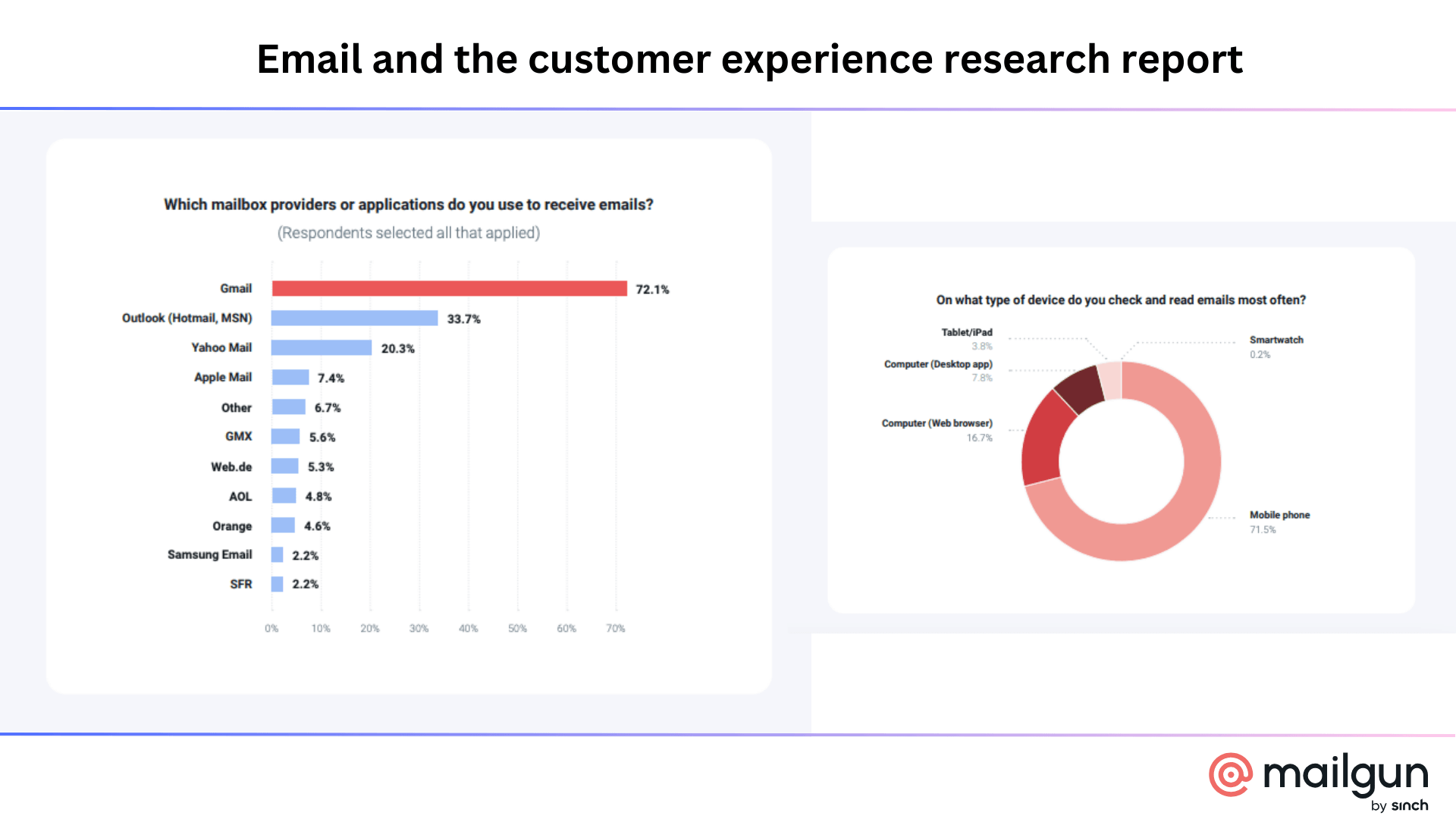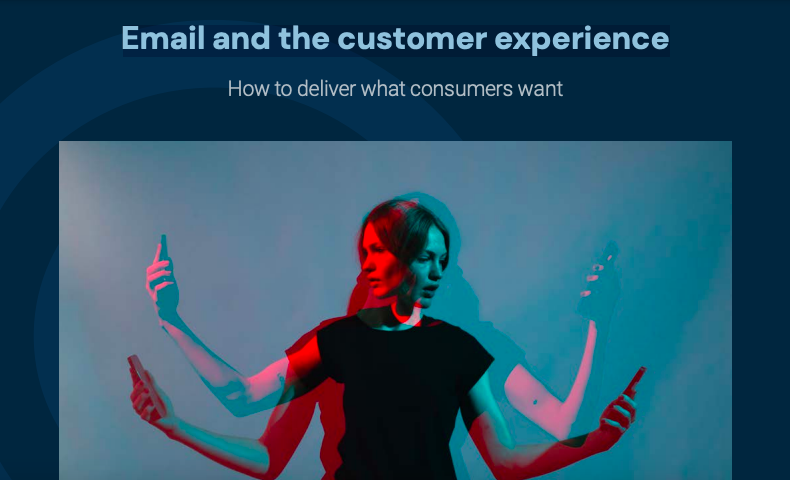Sinch recently announced the results from a survey of more than 2,000 global consumers on how they engage with brand communications. The findings reveal a strong preference for email over other channels, however most respondents will reevaluate their relationship with brands whose emails regularly end up in the spam folder. In fact, 52.7% of consumers said they would either feel frustrated, lose trust or even unsubscribe if emails from a brand regularly ended up in their spam folder.
The survey results show the importance of complying with updated requirements from two of the world’s biggest mailbox providers – Google and Yahoo – that go into effect next month as businesses risk derailing customer communications and negatively impact revenue generation and brand reputation. To protect their users from bad actors and reduce spam overall, Google and Yahoo are implementing stricter rules for bulk email senders starting in February. The Sinch Mailgun survey found that 72.1% of participants have a Gmail account, 20.3% said they use Yahoo Mail and another 4.8% have an AOL email account. Senders who do not comply may find they are unable to reach contacts with Gmail, Yahoo and AOL email addresses.

The survey found that 75.4% of consumers chose email as a preferred channel for promotional messages. Over 50% subscribe to brand emails primarily to receive special offers or discount codes, and 62.8% report they receive the most value from emails that include exclusive deals and offers, indicating a high likelihood they will make a purchase once they’ve opted in. Additionally, 74% prefer it for transactional messages from brands, such as shipping notifications and password resets.
Consumers’ choice of devices for checking emails greatly affects the appearance and functionality of email campaigns. According to a survey, 71.5% of respondents reported using their mobile phones as their primary device for checking emails. Additionally, 16.7% of participants preferred accessing emails through a web browser on their computer, while 7.8% utilised desktop applications like Outlook or Apple Mail.
“Email is the digital cornerstone of communications between brands and consumers,” said Kate Nowrouzi, VP, Deliverability and Product Strategy at Sinch. “Senders must comply with these requirements to ensure their email program is successful. While the new guidelines mean it may get harder to reach consumers, they also reflect the reality of what customers want. Businesses need to go beyond compliance and ensure their emails are relevant, personalised and valuable.”
Following New Guidelines for High-Volume Senders
The updated guidelines affect bulk senders, which Google characterises as any organization sending over 5,000 emails per day. The changes largely focus on email authentication, an easy unsubscribe process, and thresholds for user-reported spam.
The most important and technical change for senders is the requirement to use three specific email authentication protocols – DMARC, DKIM and SPF. Mailbox providers use these methods to verify the identity of the sender and stop bad actors from impersonating recognisable brands using a phishing tactic known as email brand spoofing.
The survey report, Email and the Customer Experience, reveals exactly why the use of email authentication is necessary. Since 94.5% of consumers say recognising the brand or sender name is an important factor when choosing to open an email, it is an attractive tactic for bad actors. Authentication makes it easier to identify fakes so mailbox providers can block those messages or filter them to spam. However legitimate senders may also land in the spam folder if they do not have authentication protocols in place by February.







